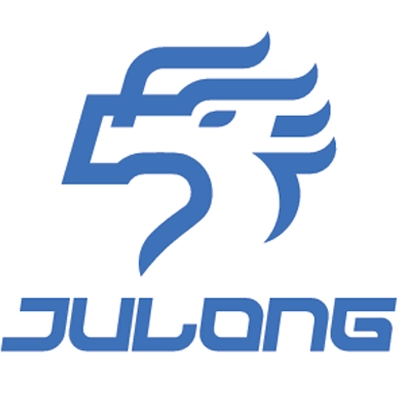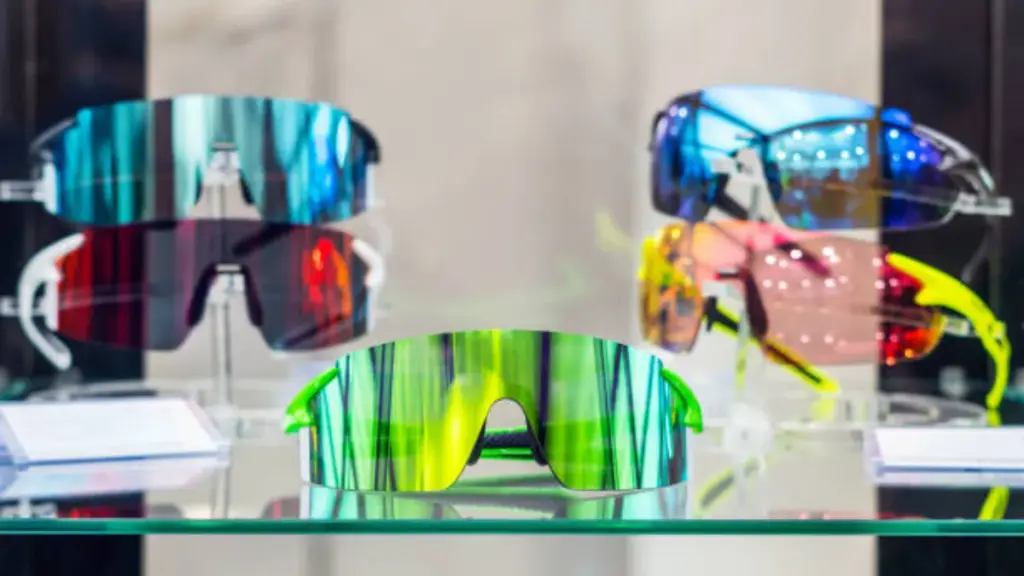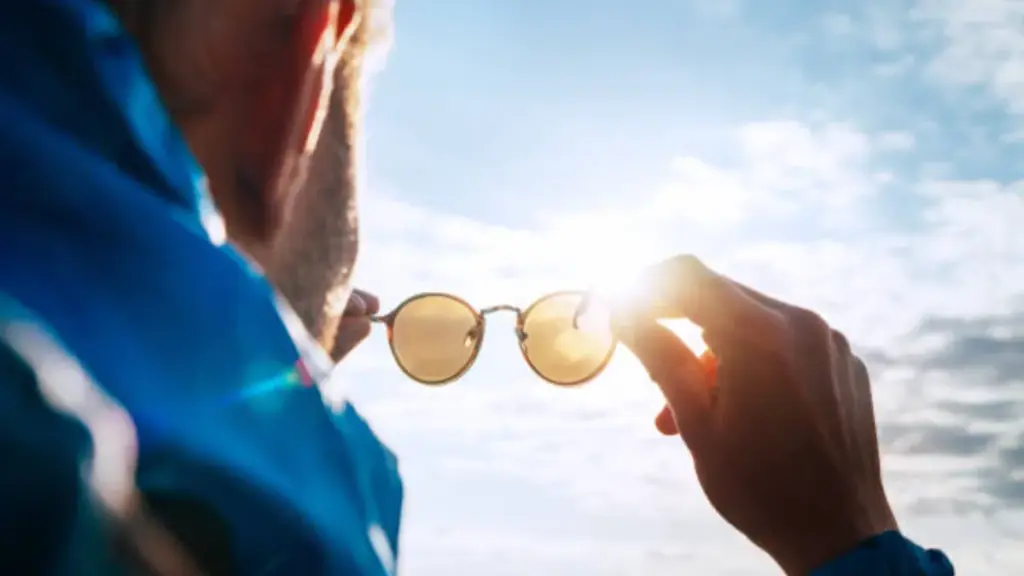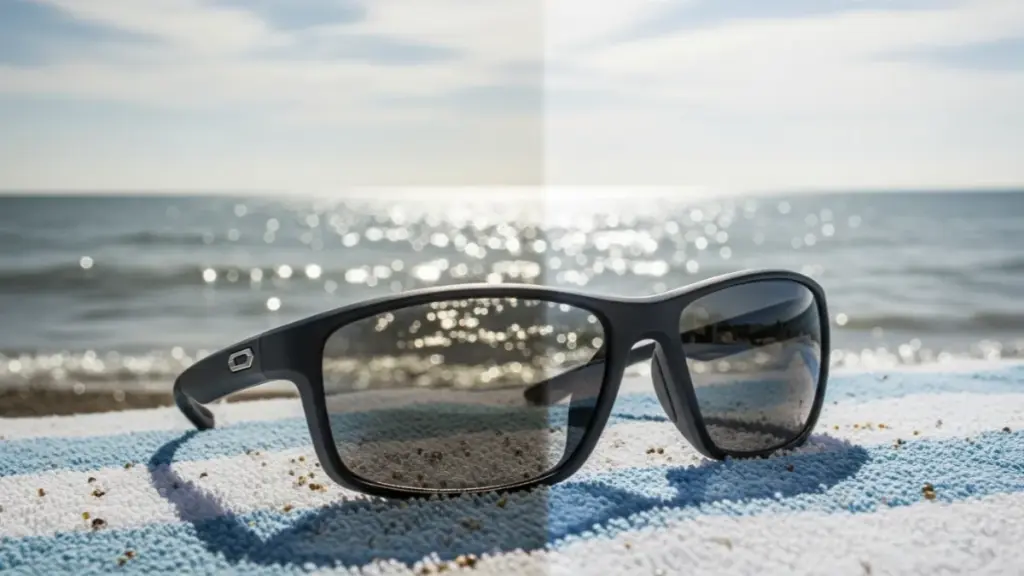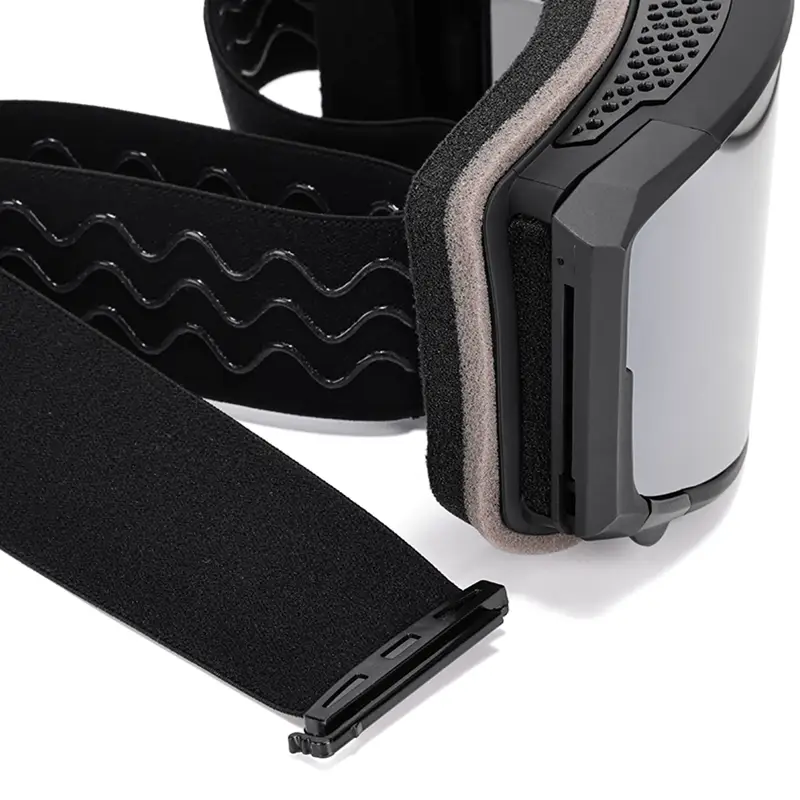Выбор правильных линз для лыжных очков – это не только вопрос эстетики, но и вопрос безопасности., ясность, и адаптация к переменным альпийским условиям освещенности. Это подробное руководство по цвету линз для лыжных очков разработано, чтобы помочь вам принимать обоснованные решения в зависимости от местности., погода, и требования к видимости. Понимая цветовые оттенки, светопропускание, линзовые технологии, и сценарии использования, вы будете оборудованы для оптимизации вашей видимости и производительности на склонах.
Таблица цветов линз лыжных очков для различных условий освещения
Выбор правильного оттенка линз в соответствии с освещением и погодными условиями имеет решающее значение для обеспечения четкости зрения., распознавание местности, и комфорт для глаз на склонах. В этом разделе руководства по цвету линз для лыжных очков представлены рекомендации по цвету для конкретных условий, основанные на теории светопропускания и стандартах лыжной индустрии..
Полное солнце / Дни Синей Птицы
Рекомендуемые цвета: Серый, коричневый, черный, зеркальный серебристый или синий
Типичный ВЛТ: 5–20% (Категория CE 3–4)
В ясном виде, условия высокой освещенности, основная цель — уменьшить яркость и блики, не изменяя цветовосприятие.. Нейтральные серые линзы одинаково фильтруют все длины волн., сохранение естественного цветового баланса, в то время как коричневые или медные оттенки слегка усиливают контраст, отфильтровывая синий свет., улучшение восприятия глубины в высококонтрастных средах.
Зеркальные покрытия, особенно серебряные или синие зеркала, еще больше уменьшите количество света, попадающего в глаз, отражая часть солнечного спектра на поверхности линзы.. Это уменьшает видимые блики и световую перегрузку., что особенно полезно на больших высотах, где интенсивность ультрафиолета сильнее..
ИСО 12312-1:2022(Э)утверждает, что Категория 3 и 4 линзы (с VLT от 3 до 20%) подходят для сильного солнечного излучения, особенно во время катания на горных лыжах или леднике, обеспечение как защиты от ультрафиолета, так и оптического комфорта.
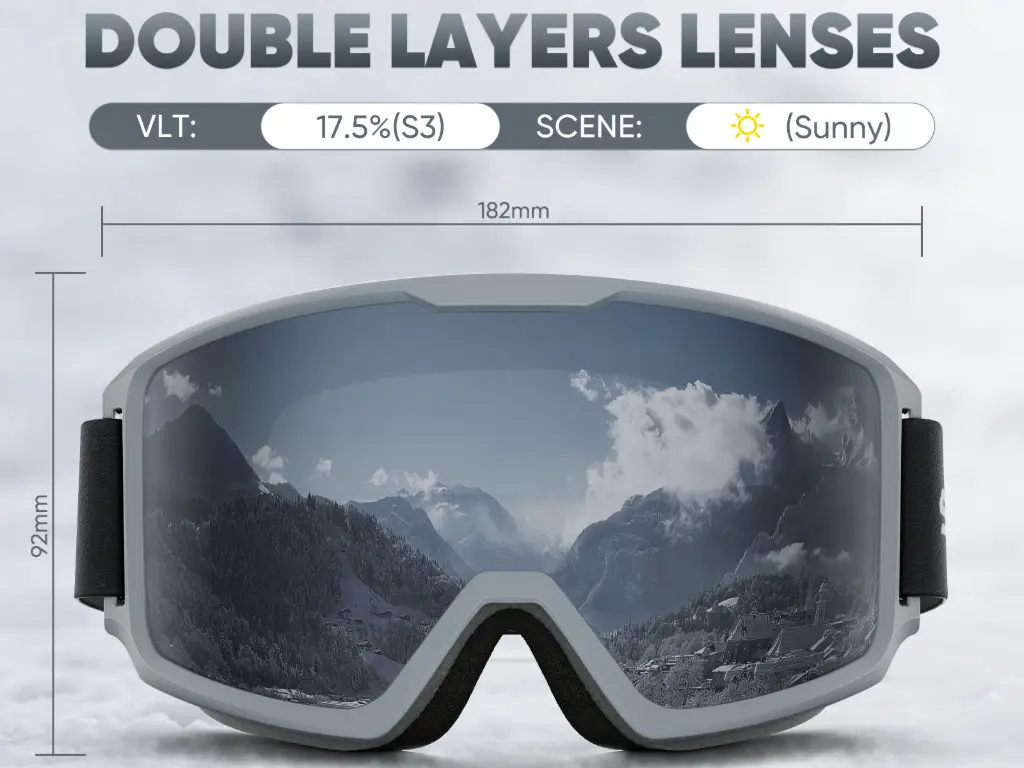
Плоский свет / Пасмурно
Рекомендуемые цвета: Роза, янтарь, желтый, золото
Типичный ВЛТ: 25–60% (Категория CE 1–2)
Под облачным небом или во время снегопада, уменьшен контраст между особенностями местности и снежной поверхностью, делать шишки, провалы, и тени труднее различить. Теплые оттенки, такие как розовый или янтарный, усиливают контраст, фильтруя рассеянный синий свет и усиливая длину волн красного/желтого цвета., который человеческий глаз воспринимает с большей четкостью в условиях низкой освещенности.
Желтые или золотые линзы особенно эффективны для увеличения яркости окружающей среды., помогает лыжникам лучше обнаруживать изменения поверхности и увеличивает время реакции.
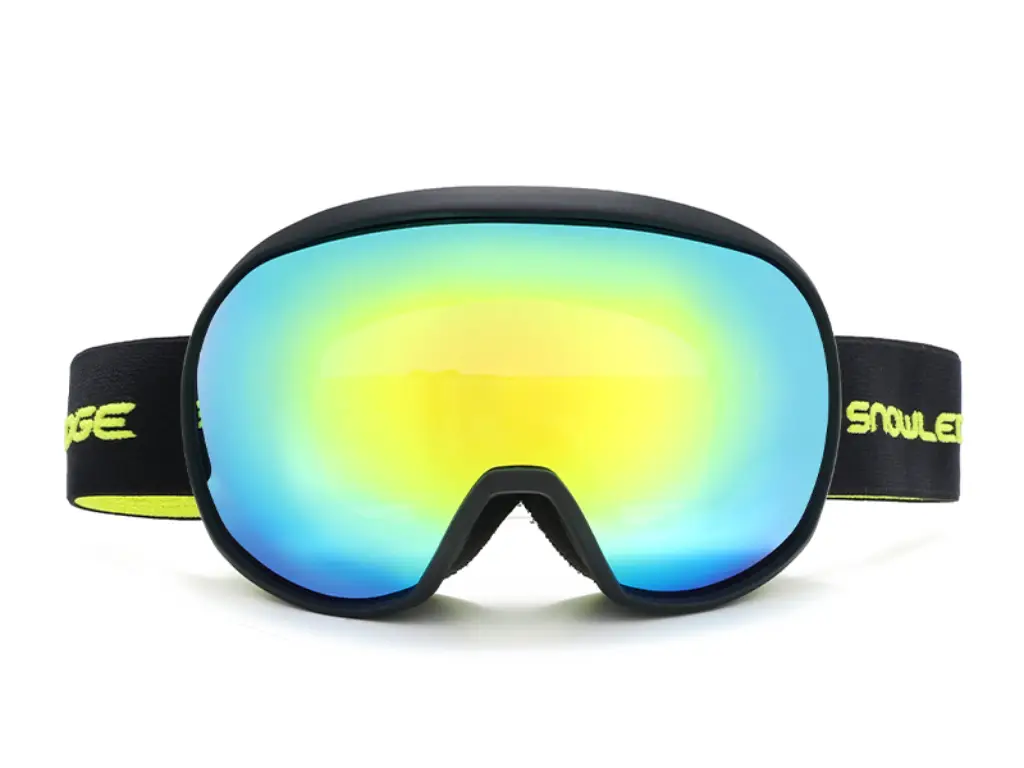
Метели / Условия белого света
Рекомендуемые цвета: Светло-желтый, роза, или очистить
Типичный ВЛТ: 60–90% (Категория CE 0–1)
Во время снежных бурь или в условиях белого света, В поле зрения преобладает недостаток контраста и чрезмерная яркость из-за диффузного отражения от снега в воздухе и низкой видимости вокруг.. Здесь, Оттенки с высоким VLT необходимы, чтобы обеспечить максимальное проникновение света, сохраняя при этом минимальное усиление контраста..
Линзы светло-желтого или светло-розового оттенка помогают различать линии горизонта и незначительные изменения рельефа.. Прозрачные линзы полезны в очень темных условиях, но в идеале они должны иметь антибликовое покрытие или защиту от запотевания..
The Европейский RU 174 стандартный требуются линзы для лыжных очков, используемые в таких условиях, чтобы обеспечить VLT более 60%, обеспечение адекватной видимости при соблюдении требований к УФ-фильтрации.
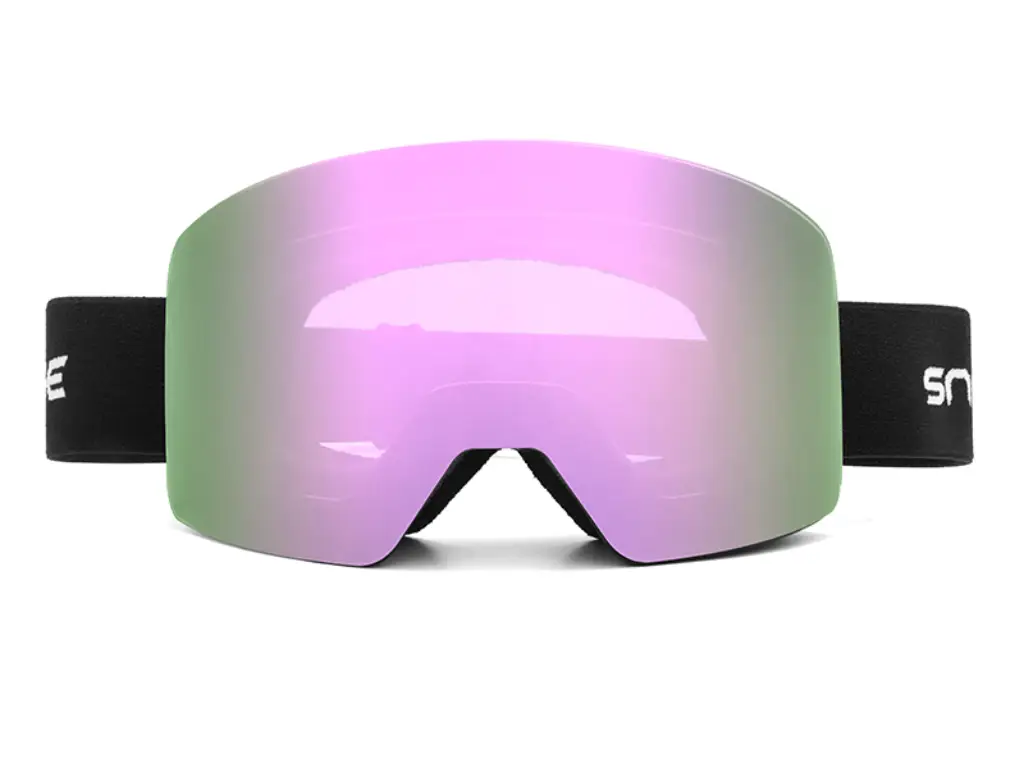
Ночное катание на лыжах
Рекомендуемые цвета: Прозрачные или прозрачные линзы с минимальным оттенком.
Типичный ВЛТ: 80–95% (Категория CE 0)
Для ночного катания, отсутствие естественного света требует максимально возможного VLT. Прозрачные линзы обеспечивают базовую защиту от ветра и частиц, сохраняя при этом полную видимость при искусственном освещении.. Некоторые производители предлагают легкие желтые или синие оттенки., что может повысить резкость без значительного снижения светопропускания.
Наиболее важным фактором является обеспечение покрытия против запотевания и царапин., поскольку прозрачность линз становится еще более важной, когда видимость изначально низкая.
Переменные или смешанные условия
Рекомендуемые цвета: Фотохромный от розового до серого, или системы сменных линз
Типичный ВЛТ: 15–55%, динамически регулируемый или заменяемый
Когда катаешься на лыжах с утра до обеда, или по смешанной местности (например, затененные аллеи и открытые склоны), условия могут быстро измениться. В таких случаях, фотохромные линзы идеальны. Эти линзы автоматически регулируют свой оттенок в зависимости от воздействия ультрафиолета и окружающего освещения., предлагая плавный переход между условиями освещения.
Альтернативно, очки, оснащенные магнитной системой линз или системой быстрой замены линз, позволяют лыжникам вручную регулировать линзы в зависимости от изменяющихся условий.. Обычное сочетание — одна линза с низким VLT для солнца и одна линза с высоким VLT для облаков или ночи., предлагая функциональную гибкость.
Этот раздел, посвященный цветам линз для конкретных условий, закрепляет руководство по цвету линз для лыжных очков, предоставляя лыжникам научно обоснованную информацию., сценарно-адаптивные знания.
Понимание VLT: Ключ к выбору умных объективов
Что такое VLT в лыжных очках? Видимая передача света относится к проценту видимого света, который проходит через линзу очков.. Это напрямую влияет на то, какую яркость будут воспринимать ваши глаза.. Более низкое значение VLT блокирует больше света (идеально подходит для ярких дней), тогда как более высокое значение VLT пропускает больше света., что предпочтительнее для катания при слабом освещении или в ночное время.
The CE RU 174 стандартный классифицирует линзы для лыжных очков на пять уровней в зависимости от их диапазона VLT. Понимание этой классификации помогает лыжникам точно подобрать линзы в соответствии с условиями дневного освещения..
Вот практический обзор:
| Диапазон ВЛТ | Условия освещения | Категория CE | Типичный цвет линз |
| 80% – 100% | Ночное катание на лыжах, очень слабое освещение | 0 | Прозрачный, светло-желтый |
| 43% – 80% | Метели, сильная пасмурность | 1 | Светлая роза, бледно-янтарный |
| 18% – 43% | Плоский свет, облачно или смешанный | 2 | Роза, янтарь, золото, светло-коричневый |
| 8% – 17% | Солнечно, переменная облачность | 3 | Коричневый, серый, зеркальный зеленый |
| 3% – 8% | Катание на леднике, интенсивное солнце | 4 | Темно-серый, черный, зеркальный серебристый/синий |
Примечание: Категория CE 4 линзы не подходят для вождения и могут быть ограничены в некоторых регулируемых условиях..
Большинству лыжников-любителей будут полезны линзы категории 2–3., которые обеспечивают баланс для различных дневных условий. Для высокогорной местности или местности с высокой отражающей способностью, например, катание на ледниковых лыжах, Категория 4 становится необходимым.
Технологии линз, улучшающие видимость и комфорт
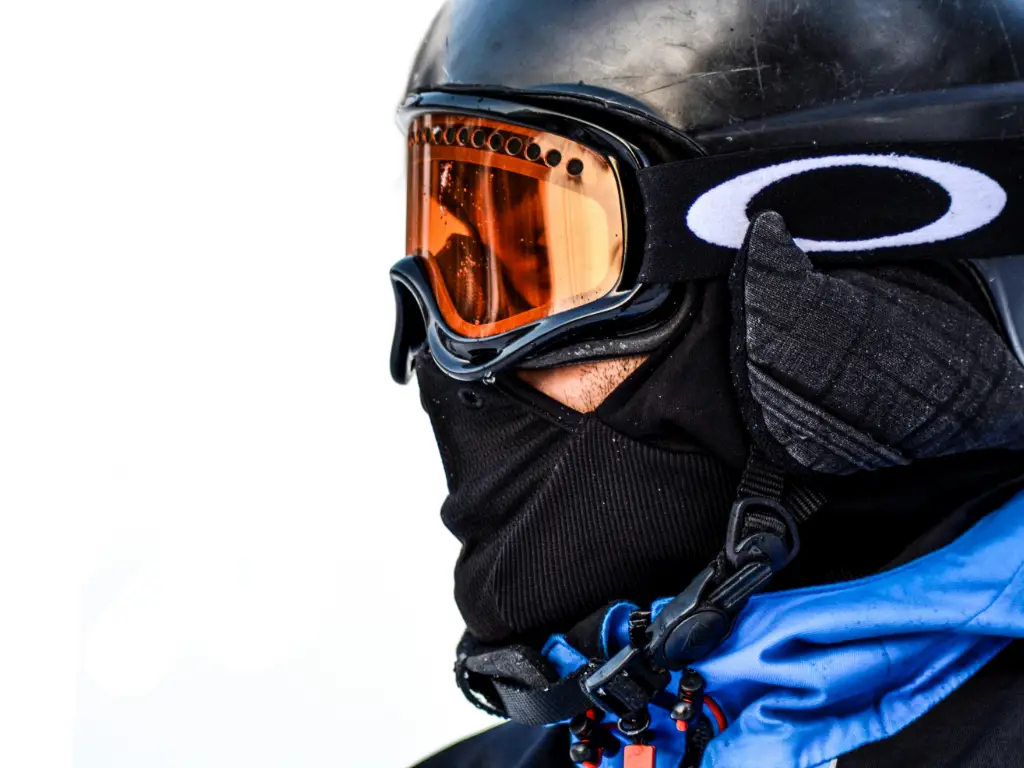
В современных лыжных очках используются различные технологии линз, призванные повысить четкость изображения., контраст, и защита.
Фотохромический, поляризованный, Зеркальный
- Фотохромные линзы автоматически корректировать оттенок в зависимости от воздействия ультрафиолета. Идеально подходит для перемены погоды, они обычно варьируются от 15% до 60% VLT..
- Поляризационные линзы уменьшить блики от отражающих поверхностей, таких как лед или мокрый снег. Лучше всего для солнечных условий, хотя они могут ухудшать видимость на ледяных участках из-за уменьшения бликов на поверхности..
- Зеркальные линзы имеют светоотражающее покрытие для минимизации бликов и яркости. Их часто сочетают с более темными базовыми оттенками..
Технологии нанесения покрытий: Защита от царапин, Антибликовый, Отталкивание
- Покрытия против царапин защитить от истирания, специально для двухслойных линз.
- Антибликовые покрытия на внутренней линзе уменьшают внутренние отражения и нагрузку на глаза.
- гидрофобный (Отталкивание) покрытия противостоять влаге, снег, и нефть, сохранение прозрачности линз во влажных или влажных условиях.
Конструкция объектива: Одиночный против двухслойного & Противотуманные функции
- Однослойные линзы легкие и доступные по цене, но склонны к запотеванию.
- Двухслойные линзы иметь изолирующий воздушный зазор, уменьшение тумана и колебаний температуры.
- Ищите интегрированный противотуманные покрытия и вентиляционные каналы для максимальной производительности.
Обслуживание объектива: Очистка, Хранилище, и советы по аксессуарам
- Используйте только салфетки из микрофибры, чтобы избежать царапин..
- Избегайте протирания мокрыми предметами — сначала дайте снегу или конденсату высохнуть..
- Храните линзы в жестком футляре или специальном чехле для очков, чтобы предотвратить искажение линз и повреждение покрытия..
Правильный уход продлит прозрачность и продлит срок службы ваших лыжных очков., сохранение производительности в течение нескольких сезонов.
Сравнение форм линз: Цилиндрический, сферический и торический

Форма линз влияет на то, как свет проходит через очки., влияющий на ясность, искажение, и периферическое зрение. Понимание трех основных типов — цилиндрических, сферический, и торические — могут помочь уточнить выбор очков..
- Цилиндрические линзы кривые по горизонтали, но плоские по вертикали. Они выглядят низкопрофильно и экономичны, но могут вызывать большее искажение краев..
- Сферические линзы кривая как по горизонтали, так и по вертикали, имитируя форму человеческого глаза. Такая конструкция уменьшает оптические искажения и блики, обеспечивая при этом более широкое поле зрения., что делает его идеальным для высокоскоростной или технической местности..
- Торические линзы объединить обе кривые в асимметричной форме, баланс оптических характеристик с более низким профилем. Они уменьшают искажения, как сферические линзы, но имеют улучшенную эргономику, соответствующую лицу..
Хотя форма линзы в большинстве случаев является вторичной по отношению к ее оттенку и VLT., он играет вспомогательную роль в оптическом комфорте и восприятии поля.. Для большинства лыжников-любителей, цилиндрических линз достаточно. Однако, Опытные пользователи или пользователи из сельской местности могут предпочесть сферические или торические линзы из-за их повышенной оптической четкости..
Советы по выбору объектива по уровню навыков, Местность, и вариант использования
Выбор подходящего объектива также зависит от личных навыков., предпочтение местности, и потребности в гибкости.
Новички против экспертов
- Новичкам будут полезны высококонтрастные линзы. (желтый, янтарь) со средним и высоким VLT для лучшей видимости и более медленного контроля скорости.
- Опытные лыжники часто предпочитают более темные линзы с зеркальным или поляризационным покрытием для улучшения характеристик на более высоких скоростях и на более ярком рельефе..
Курортное катание на лыжах против бэккантри
- Лыжники на курортах обычно сталкиваются с ухоженными трассами и искусственным освещением., поэтому сменные линзы ценны.
- Лыжники, занимающиеся бэккантри, сталкиваются с очень переменным освещением, и им следует рассмотреть возможность использования фотохромных или универсальных линз со средним VLT..
Преимущества систем сменных объективов
Такие системы, как смена магнитных линз или быстросъемные язычки, обеспечивают значительную адаптируемость.. Они позволяют лыжникам адаптироваться к:
- Утренний туман → полуденное солнце.
- Осадки → ясность после урагана.
Выбирайте системы с прочными уплотнениями и надежными механизмами блокировки, чтобы предотвратить смещение линзы при ударе..
Julong объединяет инновационные технологии, включая систему магнитных линз., Электрическая система отопления, и регулируемая рамка для близорукости. Компания предлагает полную настройку OEM/ODM и имеет сертификат ISO. 9001, CE, и сертификаты FDA. В их портфолио линз входят фотохромные и зеркальные варианты, разработанные для различных потребностей VLT в альпийских условиях..
Откройте для себя очки Julong для настройки высокоэффективных лыжных очков, созданных для обеспечения точности, комфорт, и узнаваемость бренда.
